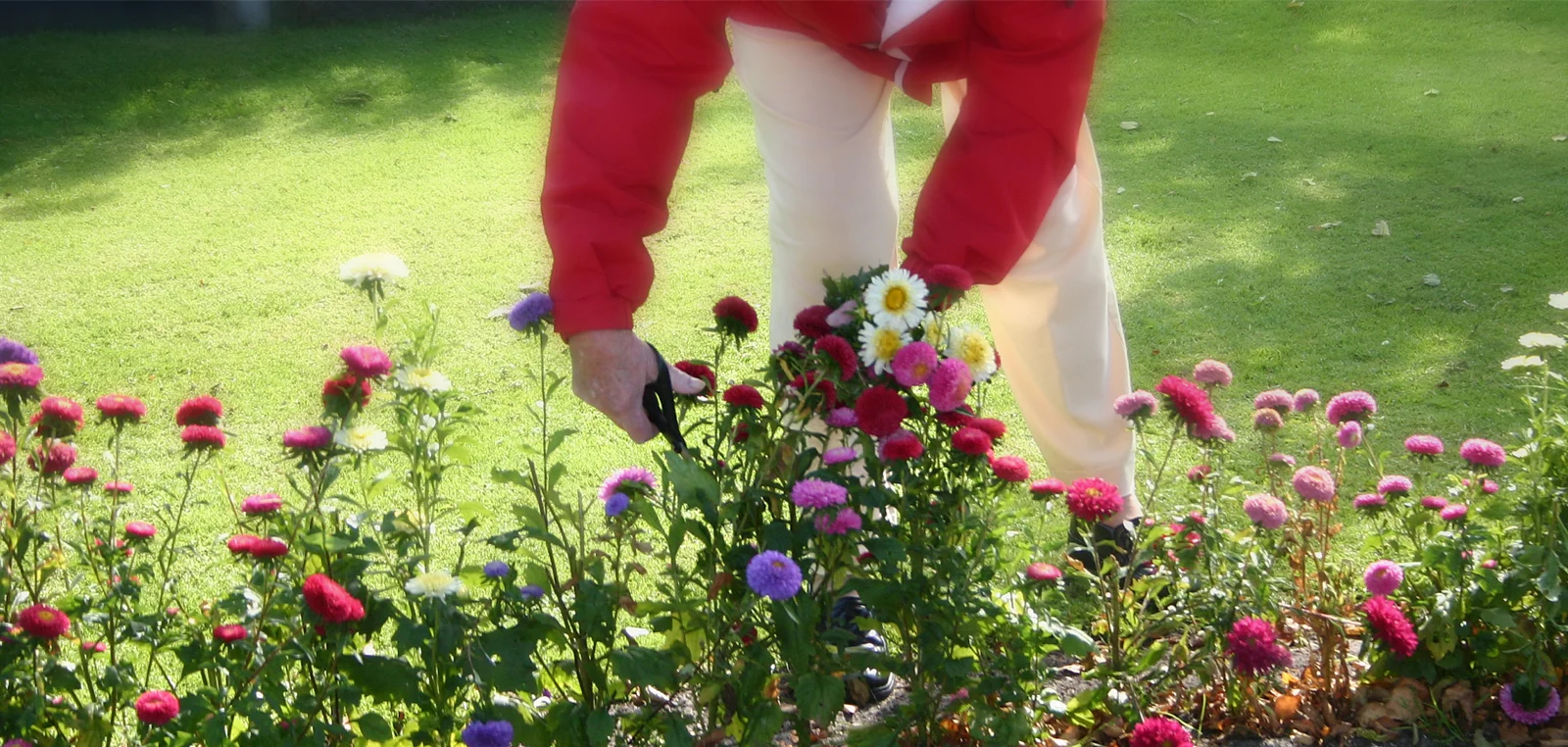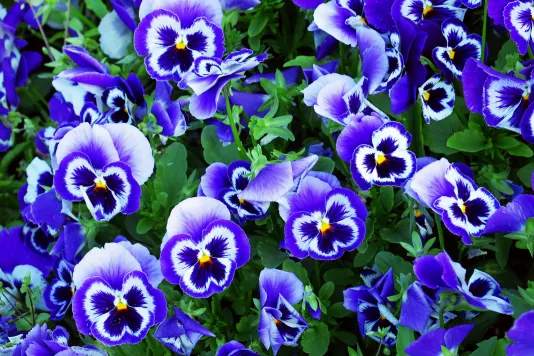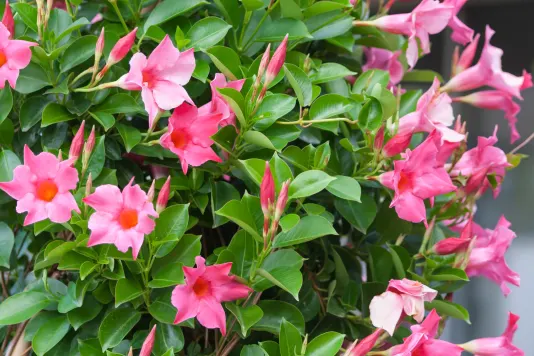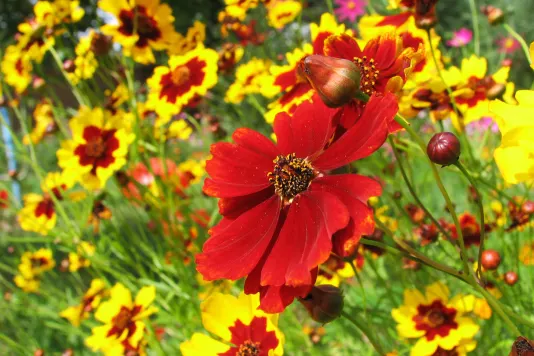Here’s How to Grow Annuals & Perennials in Your Garden

Maintaining colour in your garden from spring through to fall can be a challenge. This is especially true if you’re mixing annuals with perennials, which tend to bloom only for one season. Understanding the difference between annual plants and perennial plants is key. Here’s a breakdown of their relevant features, along with some tips for combining both to keep your backyard garden in beautiful bloom.

Types of Annual Flowers
Different types of annuals can tolerate different temperatures. Be sure to read the planting dates on your seed packets, bulbs, or seedlings to keep your plants healthy and your garden blooming throughout the growing season.



Types of Perennial Flowers
Perennial plants can help provide structure to your garden and colour to your beds, borders and containers. There’s an almost limitless assortment to choose from, but you need to be aware of full sun vs. shade tolerant varieties.
Benefits of Perennial Flowers
Native Advantage: Most perennials at your local garden centre will be native to your area and well adapted to thriving in your local weather conditions
Low Water Requirements: Most established perennials require little water, which can be a real benefit for drought-prone areas or if you want to reduce your water consumption
Cost-Effective: You’ll pay a bit more for perennials up front but they’re a good long-term investment because they return year after year
Reseeding: You can use the seeds from older perennials to grow new plants
Perennial Propagation: Perennials with a shorter life span can often be propagated by division (dug up and divided, with the new portions potted into appropriate growing media)

Perennial plants and flowers can form a wonderful, consistent base for your garden. Mixing in annuals lets you get creative and is a great way to refresh the look of your garden every year. Be sure to keep track of your plant choices and planting times so you’ll know what worked best come next spring!